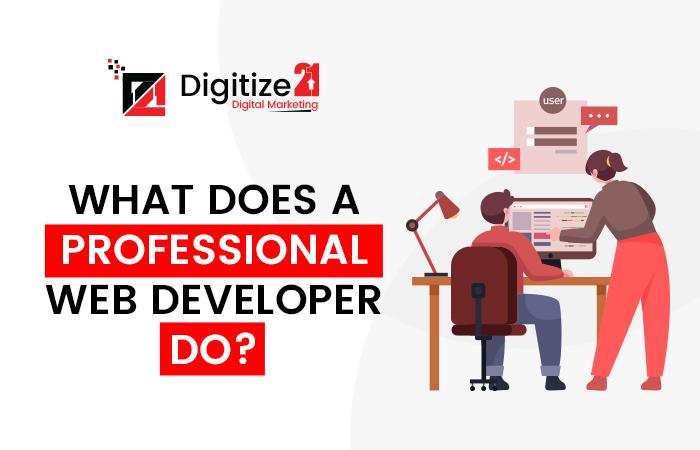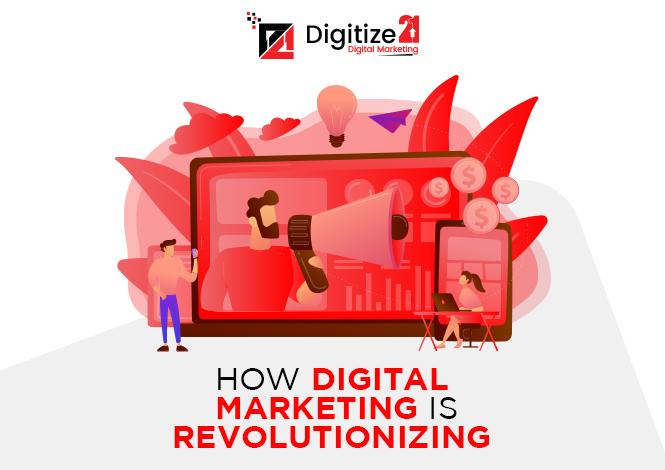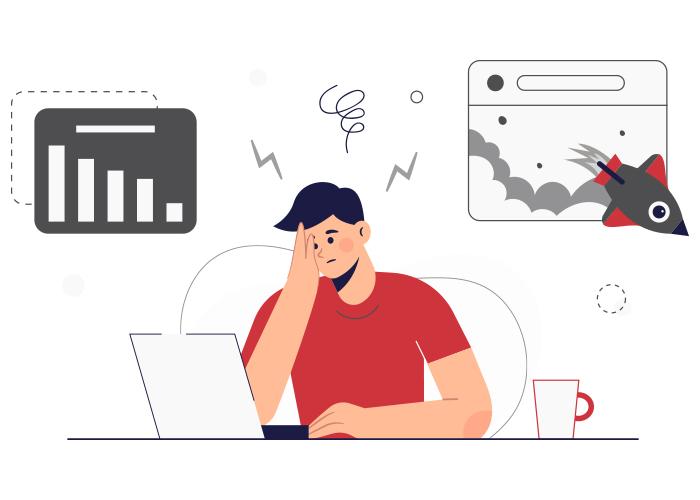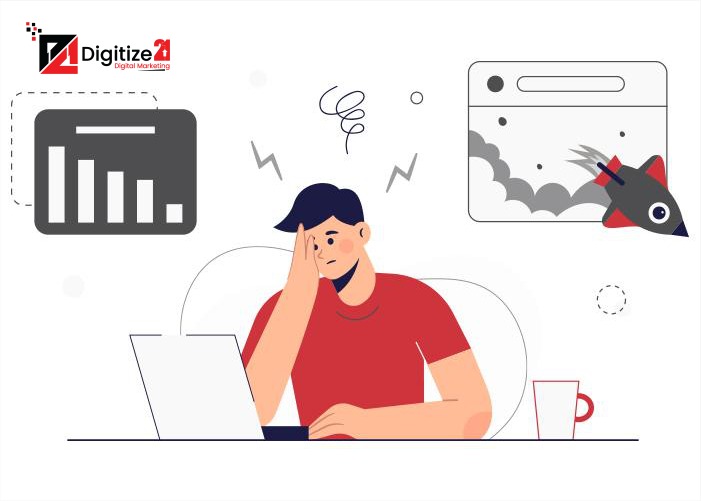How has Marketing Changed with Gen Z?
If it is to be said in a nutshell how marketing has changed with Gen Z, then the statement would be, “Gen Z is the first generation to have an incomplete concept of life without the internet”. With easy access to thorough information about each and everything, all thanks to the Internet, Gen Z needs you to be authentic not only about your product but also about your marketing strategies. Also being culturally and socially diverse, Gen Z demands you to be more inclusive and socially responsible just like the Millennials.
Five Truths about Marketing to Gen Z:
Gen Z makes up a significant part of the consumer market. However, due to recent happenings such as COVID-19, the marketing strategies particularly for Gen Z have taken a significant turn. While you aim to target Gen Z for your next marketing campaign, you need to consider the following truths about marketing to Gen Z.
- Entertainment is News: In contrast to 17% of older adults, over half of Gen-Z individuals (49%) obtain the majority of their news from social media, including YouTube and TikTok, according to a Morning Consult analysis titled “Understanding Gen-Z,” which surveyed 1,000 18 to 21-year-olds. Compared to 42% of all other people, only 12% of Gen-Z watch television for most of their news.
- Gen Z’s Trust in Larger Institutes is Declining: The average trust rating for 15 key organizations decreased from 56% to 46% during the course of two months of tracking for Morning Consult’s “Gen Z Worldview Tracker,” according to the research. But Gen-Z continues to pay close attention to brands of all sizes. Consumers in Generation Z are adept at spotting dishonesty or incongruity encouraged by non-whole companies. Consumer trust is hard to gain but simple to lose. The trust gap is wider the more well-known a brand is.
- Brands Can’t Be Neutral on Societal Issues: Gen-Z anticipates that the companies it patronizes will support social justice causes. A failed strategy is to remain impartial out of a lack of vision or concern for alienating some customers. Customers today anticipate brands to have an opinion on at least certain issues.
- Algorithms Get Trained by Gen-Z: Forbes state that according to a survey of college students, over half (46%) said they deliberately like, comment on or share information in order to “train the algorithms” to deliver the stuff they want. Gen-Z is incredibly knowledgeable about information. They are competent at obtaining the internet stuff they want (and less of what they don’t), and they like the information they want.
- Gen Z Goes For Transparency: Never underestimate the sophistication of Gen Z, sometimes known as the “True Gen”. They are quite resourceful when it comes to gathering and validating the information they need. This has important ramifications for businesses in terms of their stance on social justice, what they display and market, and what their core values are.
Marketing to Gen Z: How to Do it the Right Way?

Before diving into the tactics to devise an effective strategy to market your products and services to Gen Z the right way, let’s have a look at a few other important things.
What is Gen Z?
People that fall under the Gen Z umbrella were born between 1997 and 2012. Accordingly, the oldest members of this generation are in their mid-20s, while the youngest will start middle school this year.
Generation Alpha is the generation after Gen Z.
Zoomers were genuinely born in the digital age. Since they were little children, they have used the internet, mobile devices, social media, and even shopping.
How Is Marketing to Gen Z Different from Other Generations?
Different priorities of different generations can be summed up this way;
- Gen Xers (1960-79) were all about maintaining the status quo.
- Millennials (1980-94) look for authentic experiences.
- Gen Z is driven by the search for truth, says McKinsey. Marketers will know what content to develop to reach Gen Z if they recognize how at ease they are with information-seeking and comparing data sources in their pursuit of the truth.
Social Media Tips For Marketing to Gen Z:
Now, let’s get to the thing we all were curious about; how to approach Gen Z the right way. Here are a few social media marketing tips to help you devise an effective marketing strategy to target Gen Z appropriately.
- Don’t go straight for the sell
- Develop meaningful influencer and creator partnerships
- Communicate your brand’s beliefs and values
- Bring user-generated content to use
- Infuse fun and adventure into your strategy
- Make Gen Z a part of your marketing campaign
- Be transparent and accountable
- Keep your content short
- Make videos and reels a lot
- Create channel-specific content
- Don’t miss out on omni-channel marketing
The landscape of marketing has undergone a remarkable evolution to resonate effectively with the dynamic and tech-savvy generation known as Gen Z. Born into a world immersed in digital connectivity and social media, Gen Z has prompted a seismic shift in marketing trends. Traditional approaches have given way to a more personalized and interactive strategy that aligns with this generation’s values and preferences. Gen Z craves authenticity, seeking genuine connections with brands that mirror their diverse and socially conscious perspectives. Consequently, successful marketing has transitioned from mere product promotion to storytelling that highlights a brand’s purpose and its positive impact on society.

Moreover, the attention span of Gen Z, shaped by the constant influx of information, has spurred the rise of concise and visually captivating content. Bite-sized videos, engaging infographics, and interactive posts have become pivotal in capturing their fleeting focus. This has necessitated marketers to distill messages into compact, yet impactful, formats that swiftly convey the essence of a product or service. Furthermore, Gen Z’s inclination towards peer influence has catalyzed the role of user-generated content, turning customers into brand advocates and weaving a sense of belonging into the fabric of marketing campaigns.
The surge of e-commerce and mobile technologies has also fueled the evolution of marketing approaches. Gen Z expects a seamless purchasing experience across multiple devices and platforms, demanding frictionless navigation, transparent pricing, and swift customer support. Consequently, brands have embraced innovative technologies such as augmented reality (AR) and virtual reality (VR) to create immersive shopping encounters that bridge the gap between the digital and physical realms.
In conclusion, the evolution of marketing to effectively cater to Gen Z unveils a profound departure from conventional methods. It underscores the pivotal role of authenticity, concise content, user engagement, and technological innovation. To captivate the attention and loyalty of Gen Z, brands must not only understand their unique mindset but also embody their values, harnessing the power of creativity and connectivity to forge lasting connections in an ever-evolving digital landscape.
How has Marketing Changed with Gen Z? Read More »


















